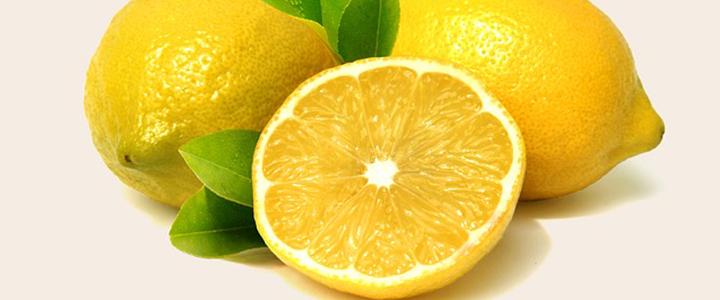
November 2019: Making Household Cleaners So Good You Could Eat Them
Cleaning is a chore we all have to deal with sooner or later. There are several ways to get your kitchen, bathroom or bedroom squeaky clean without the harmful chemicals that are in many commercial products. Switching to nontoxic cleaners is better for the health of your family and the environment. The chemicals in commercial products can soak into certain counters and furniture, can be inhaled if used in sprays and can enter the groundwater if flushed down the toilet or washed down a sink drain. Many common household products, such as baking powder, vinegar and lemon juice, can be used to make nontoxic cleaners at home. For the following recipes, feel free to add a few drops of your favorite essential oils; tea tree is an excellent disinfectant and works well in cleaning products.
Kitchen: Using dangerous chemicals in the kitchen could lead to these environmentally unfriendly products contaminating your food. For nongranite countertops, mix equal parts water and vinegar to make a versatile, all-purpose cleaner. If you have a granite or stone countertop, some water and soap should do the trick. Keep in mind that soapstone countertops will absorb whatever cleaning solutions you use. To clean your refrigerator, add a half cup of baking soda to a bucket of hot water, and then use a rag to wipe down the inside. And if you don’t already have castile soap, now is the time to get some. If you don’t like the smell of vinegar, you can make an alternative all-purpose cleaner by combining two teaspoons of baking soda, one teaspoon of castile soap and one and a half cups of water in a spray bottle. To make effective chemical-free dish soap, mix one cup of castile soap with three tablespoons of water. To sanitize wood and plastic cutting boards, simply run half of a lemon across the surface, allow it to soak the lemon up for 10 minutes and then rinse. And when you’re done with the lemon, toss it in your garbage disposal to keep it smelling fresh.
Bathroom: For your daily toilet or shower scrub, mix equal parts water and vinegar in a spray bottle. Spray, let it sit and rinse after a few minutes. To get rid of mildew, spray white vinegar onto the problem spot and wait for thirty minutes before scrubbing. If this does not work, try mixing baking soda with castile soap and scrubbing it away. Hand soap is easily made with a foaming dispenser. Just fill a fifth of the dispenser with soap and the rest with water. Don’t forget your favorite essential oils!
Floors: For a tile or wood floor, mix one part vinegar with two parts water in a bucket and clean normally. Rugs can be easily cleaned by sprinkling some baking soda on the spot, waiting five minutes and then vacuuming the area. Water and vinegar is also a good way to get stains out of carpets. Make sure to let the vinegar sit on the stain before cleaning. This recipe also works for upholstery stains. Blot dry with paper towels after applying a small amount of water and vinegar.
Other: For windows and mirrors, combine one part white vinegar with four parts water, and then use a sponge or rag to scrub away. If you don’t like the smell of the vinegar, place a bay leaf in the bottle and let it sit in your refrigerator for 48 hours; the smell will be greatly reduced. Air fresheners are super easy to make, too! Baking soda or vinegar with lemon juice in bowls around your house will work well. For a more springtime smell, poke cloves into an orange and let it sit on your window sill. For furniture polish, mix vegetable oil, lemon oil (or juice) and vinegar in a small bottle; it also works well on wooden salad bowls!
NHDES has a new “Reducing Toxins in Your Home: Green Cleaners” video series on the agency’s YouTube channel where you can see the quick process of making some of these recipes and how well they work. The first in the series is on furniture polish.
More DIY recipes can also be found on the Alternative Household Products fact sheet.
This GREENWorks article can be also be found in our document library.




